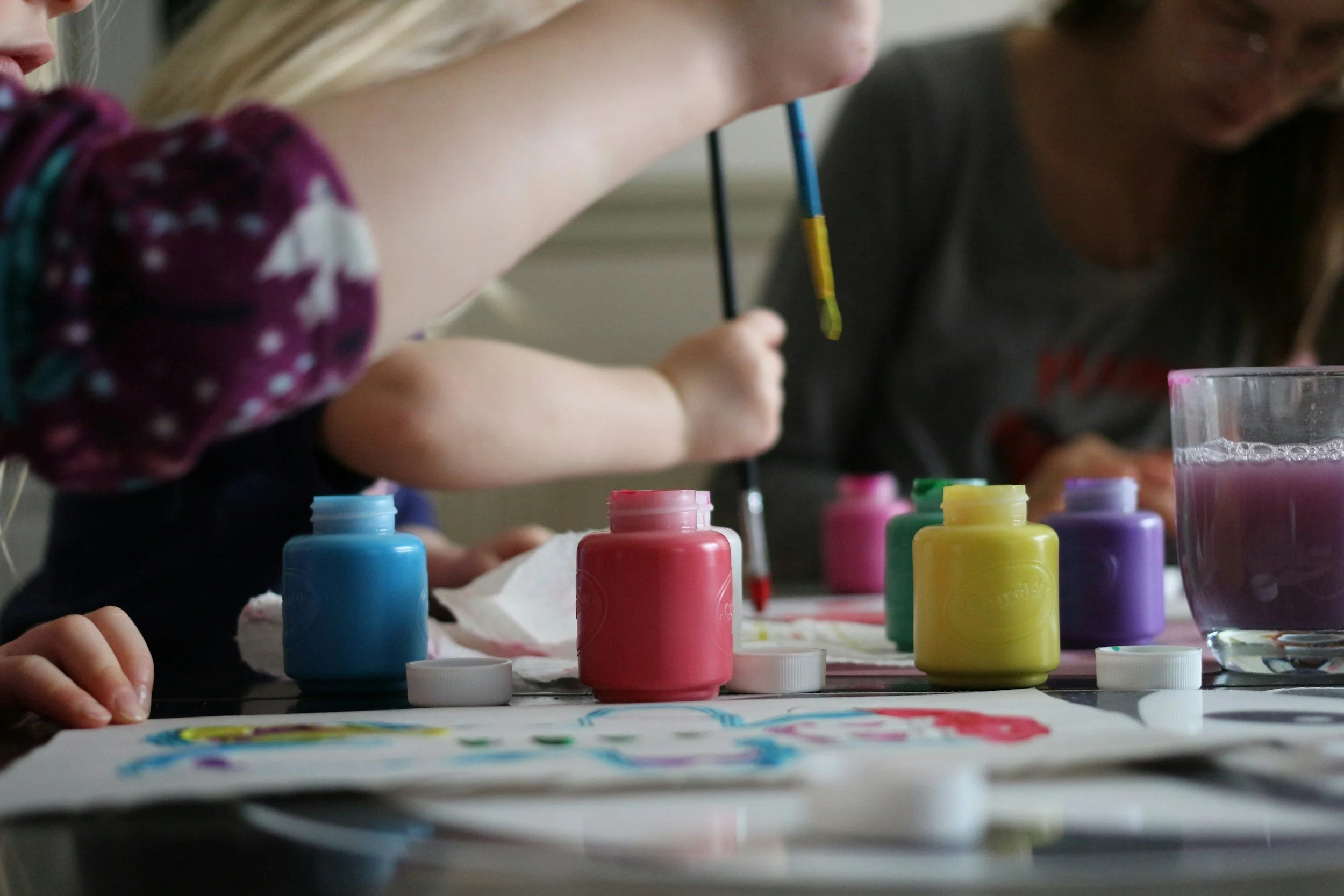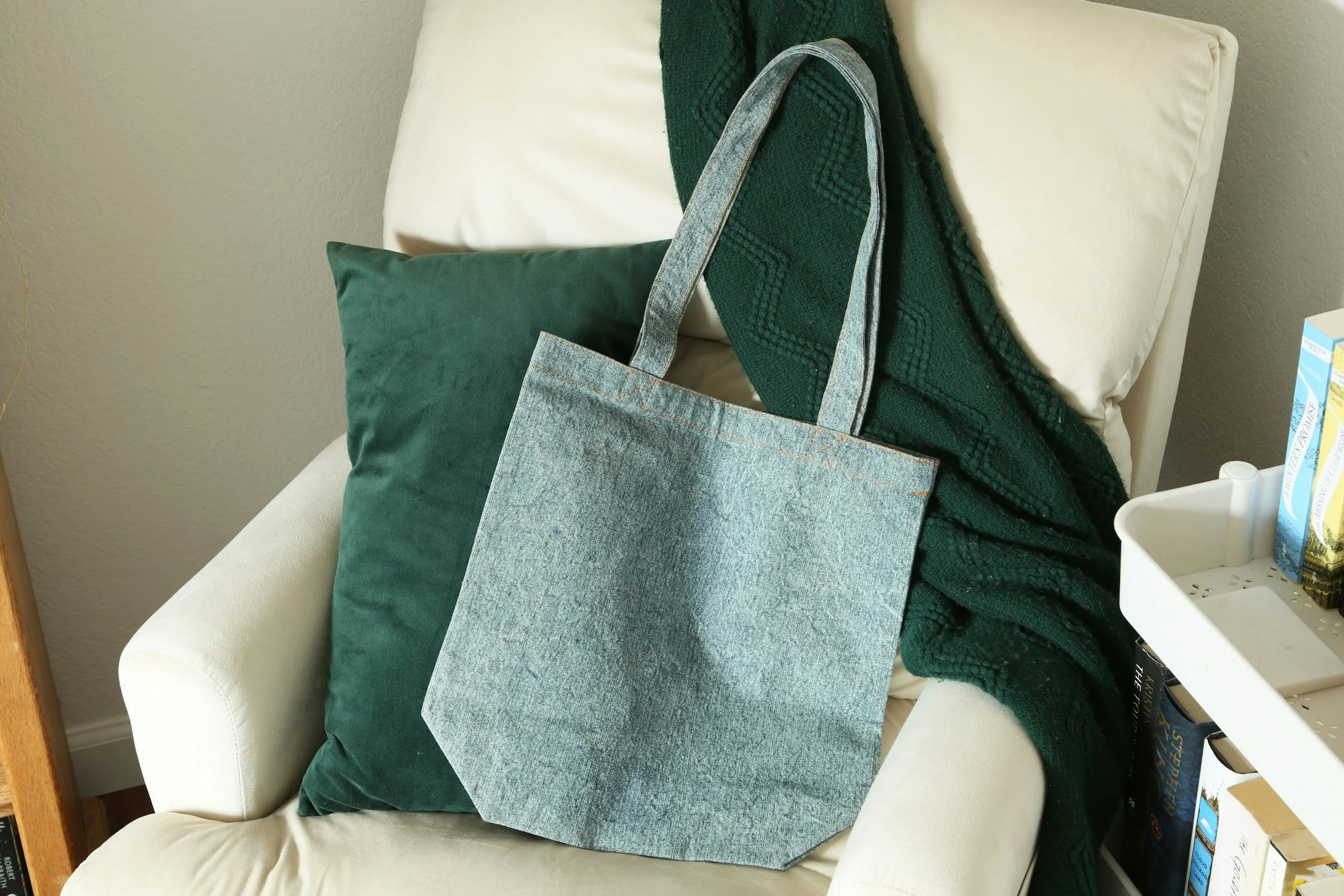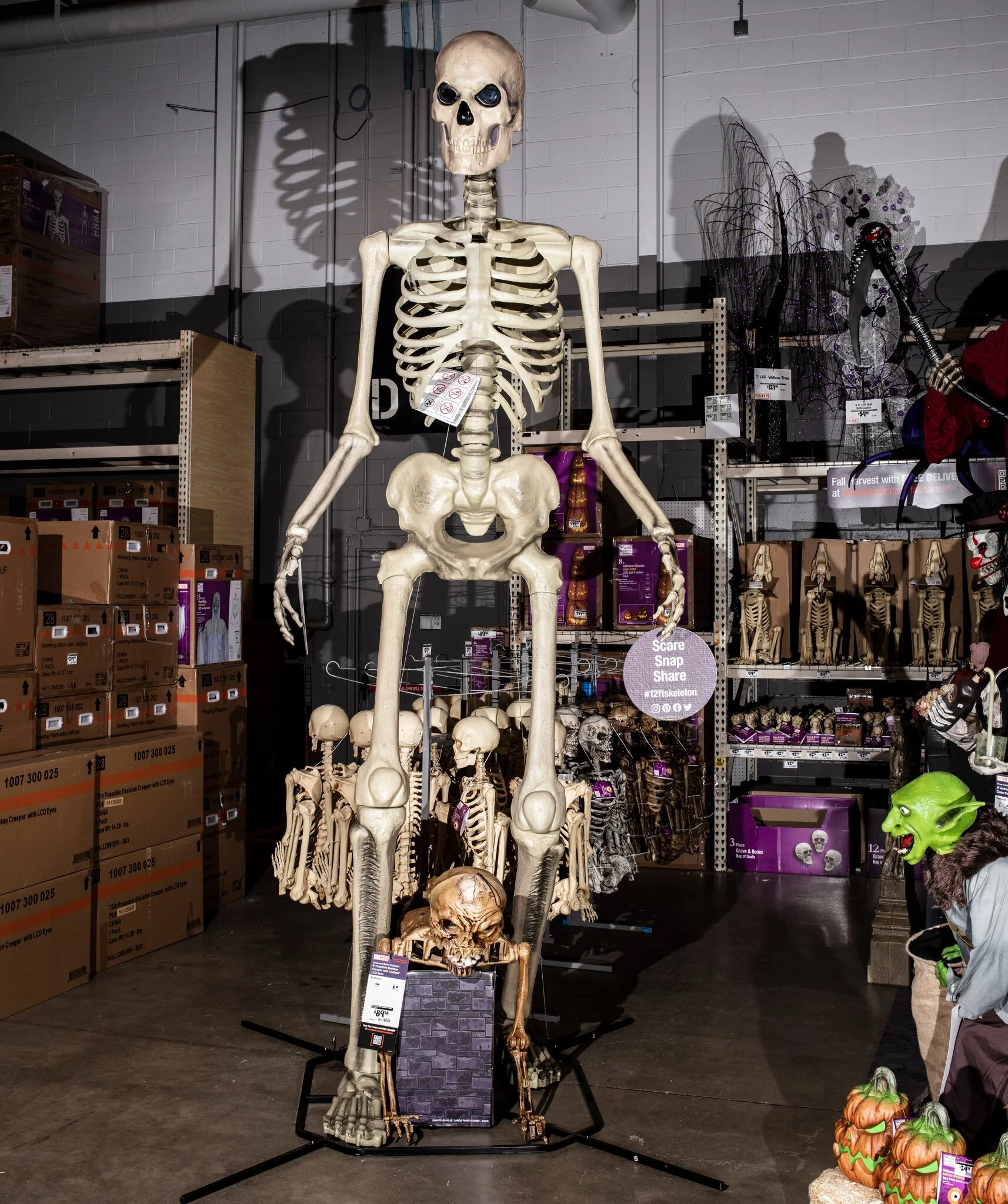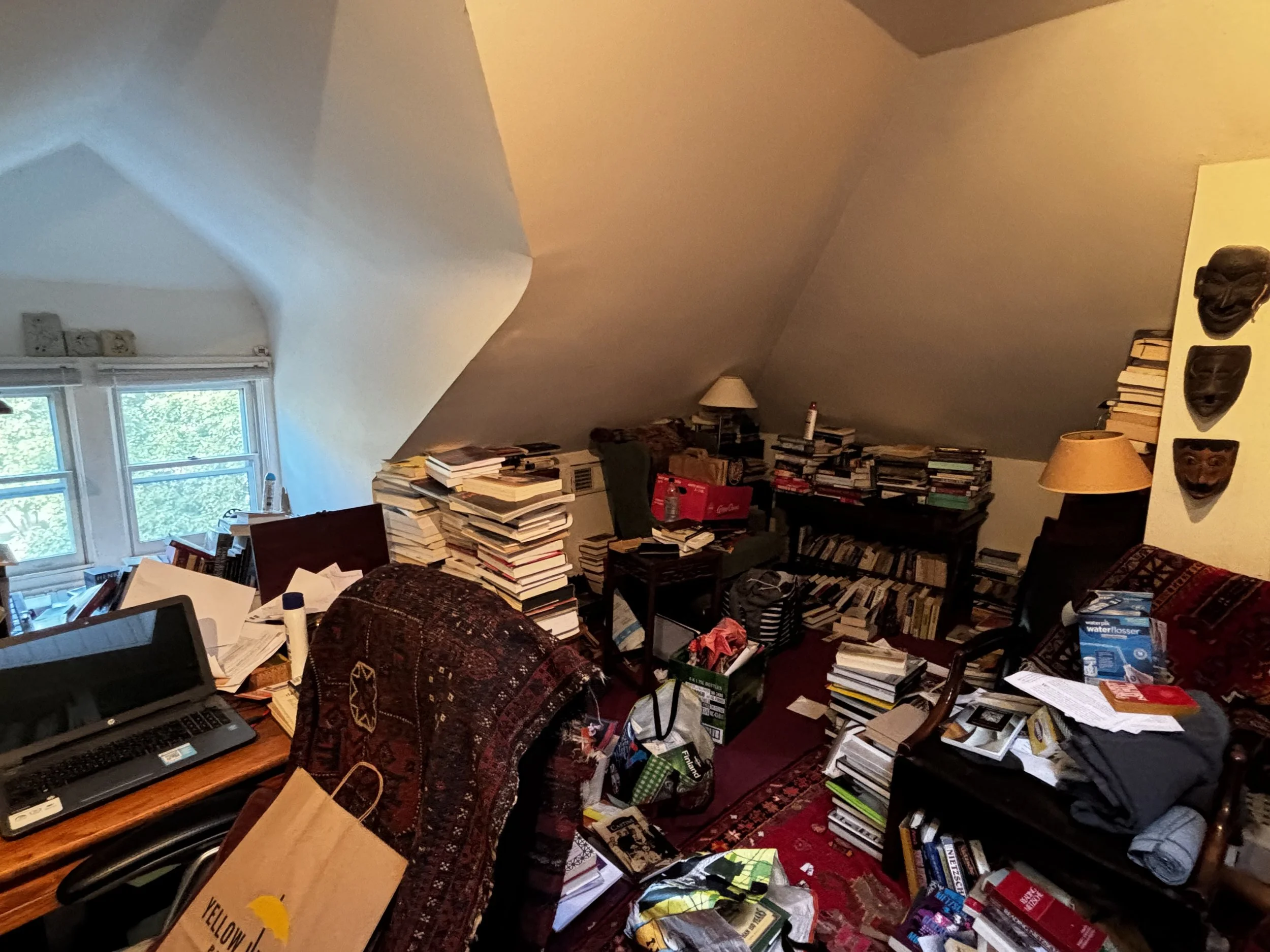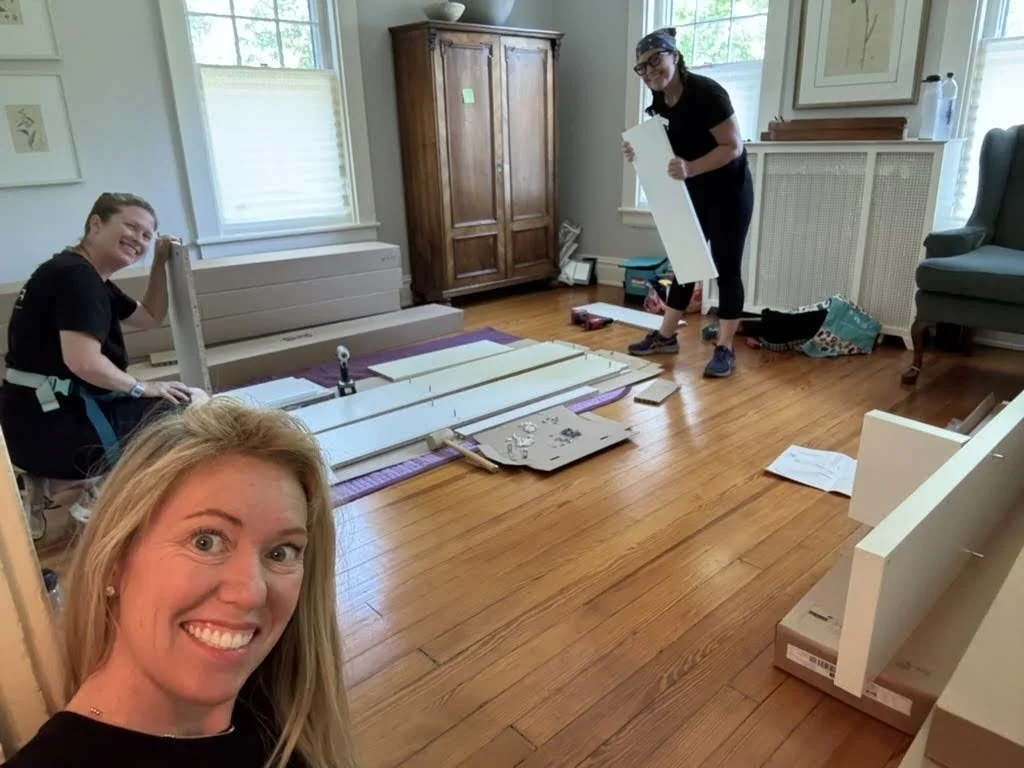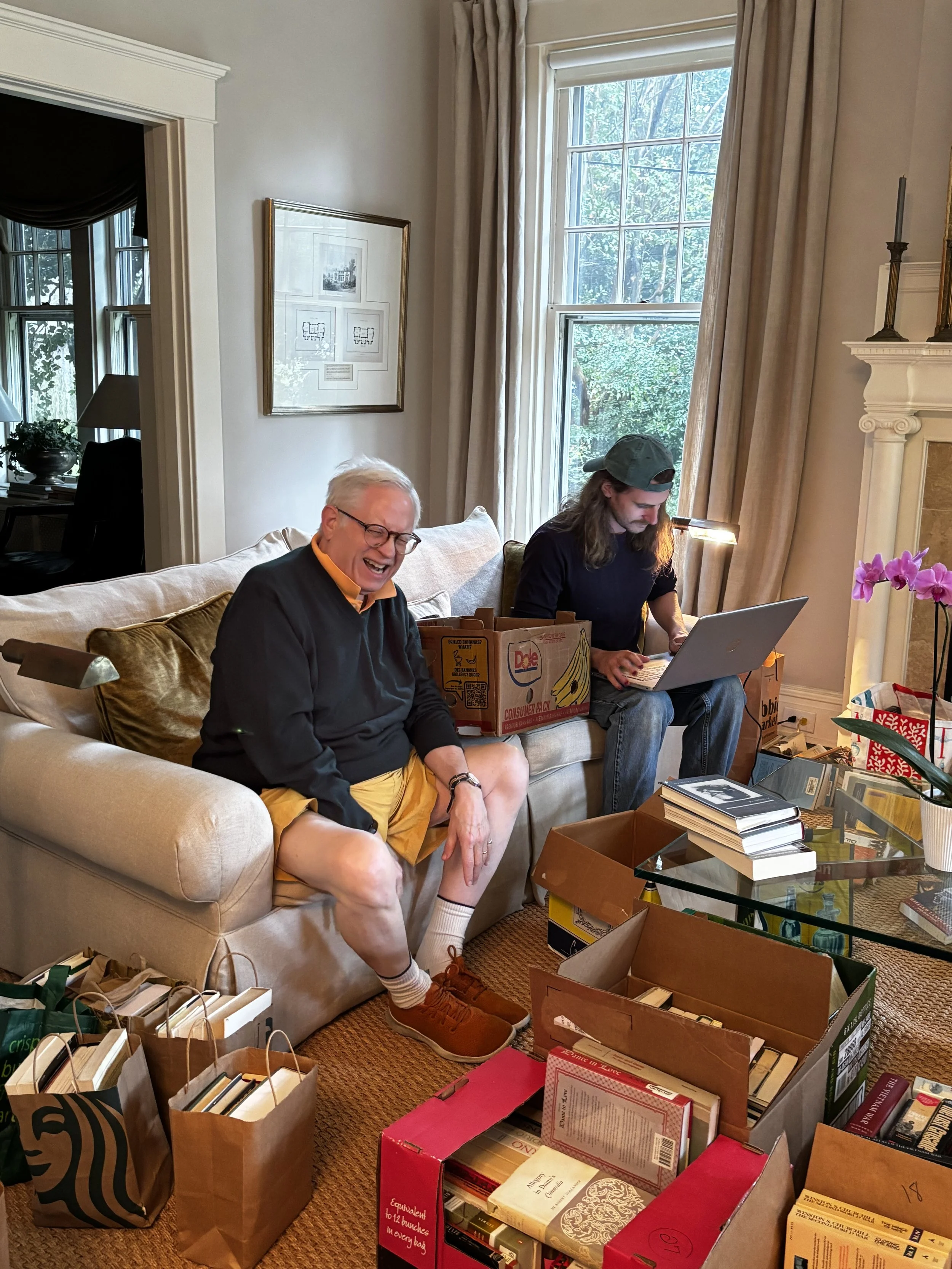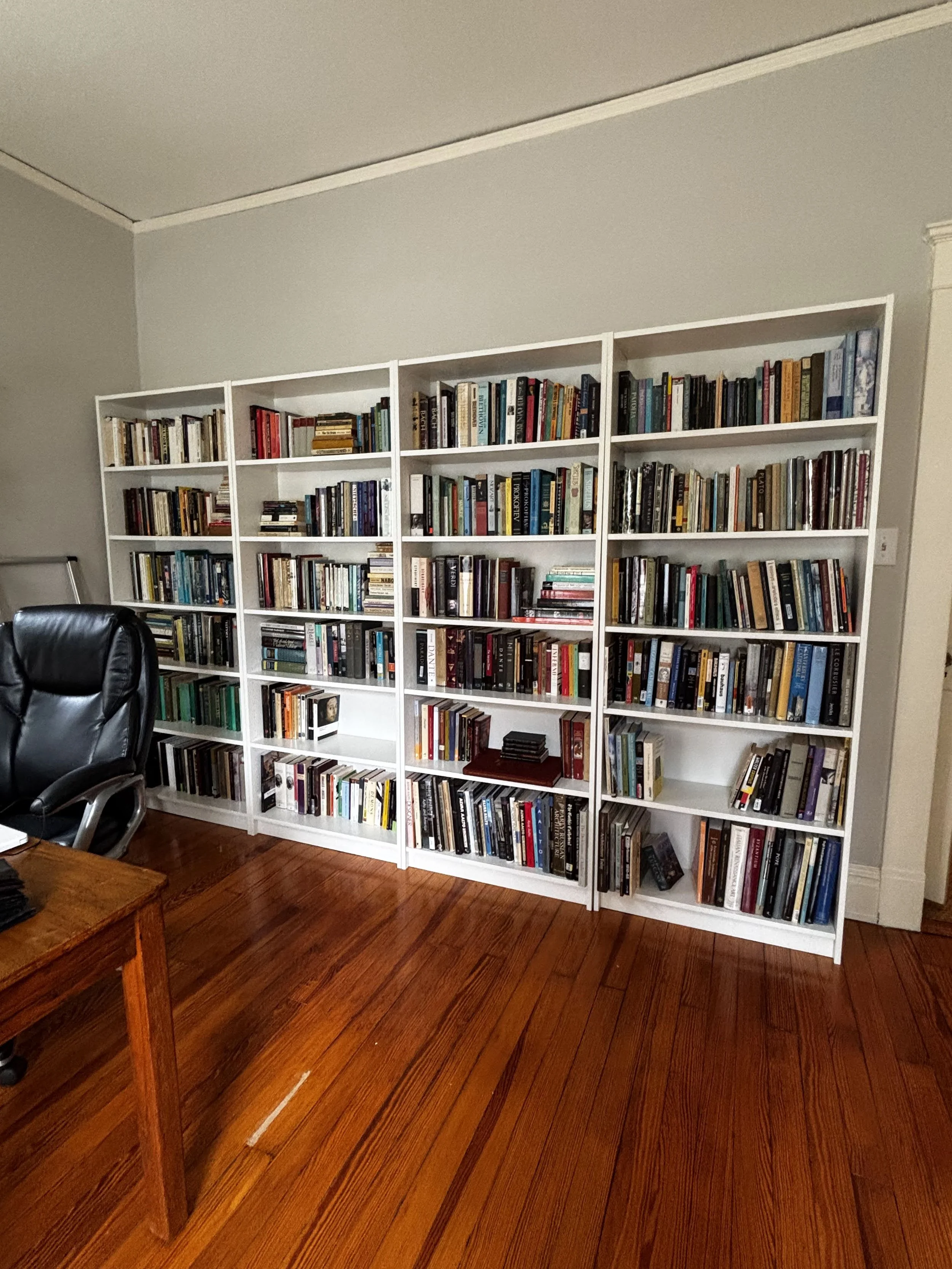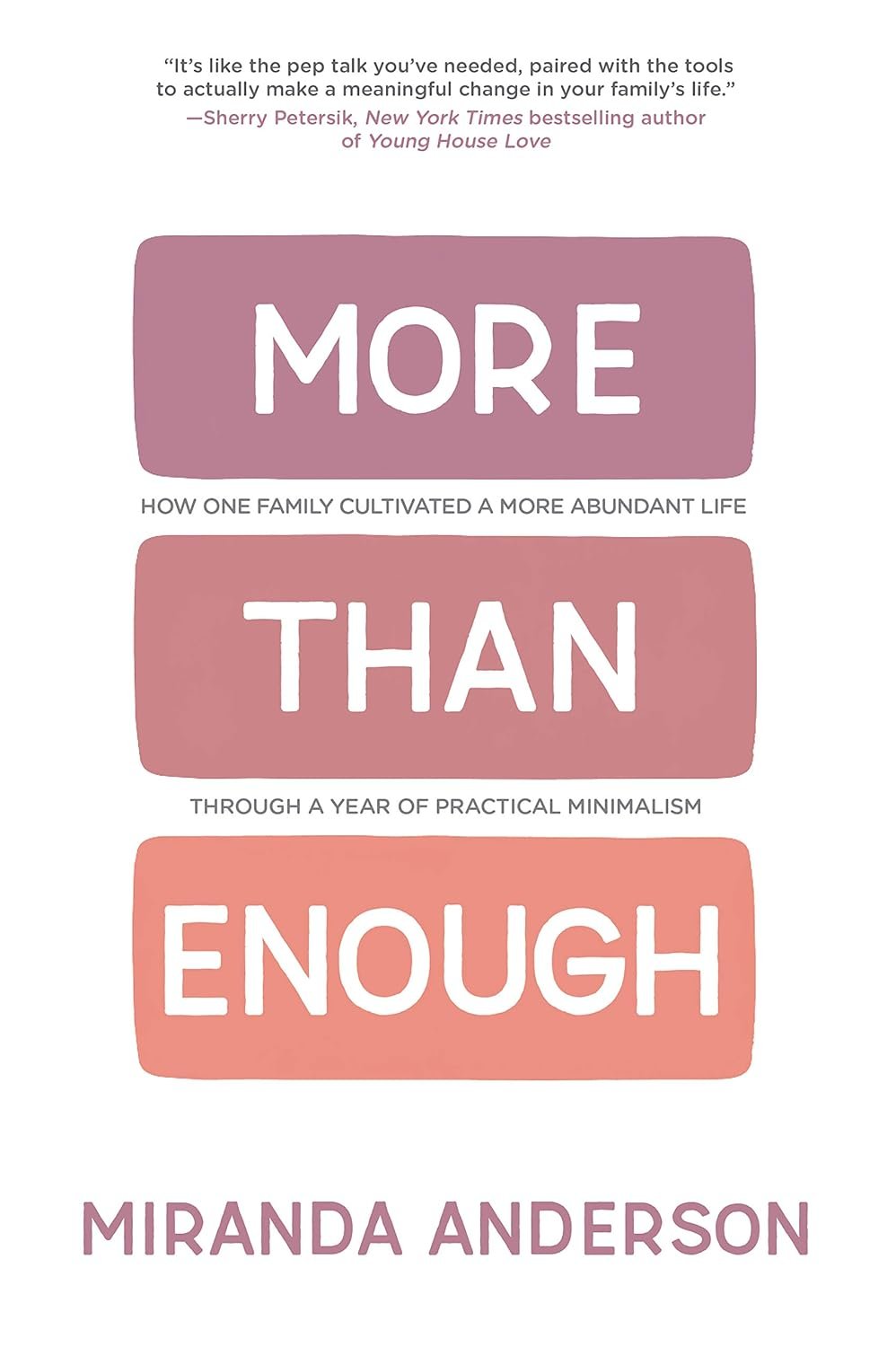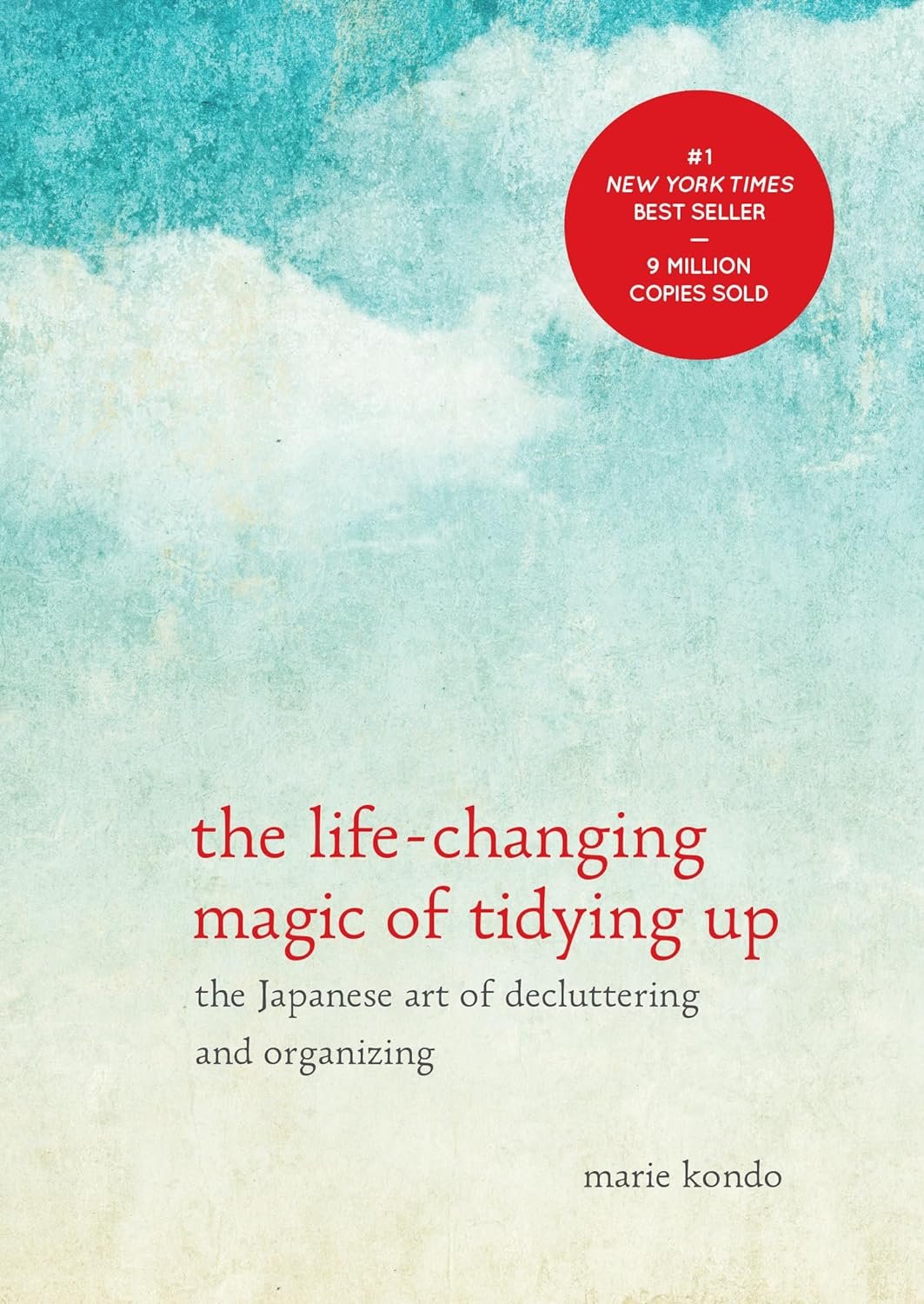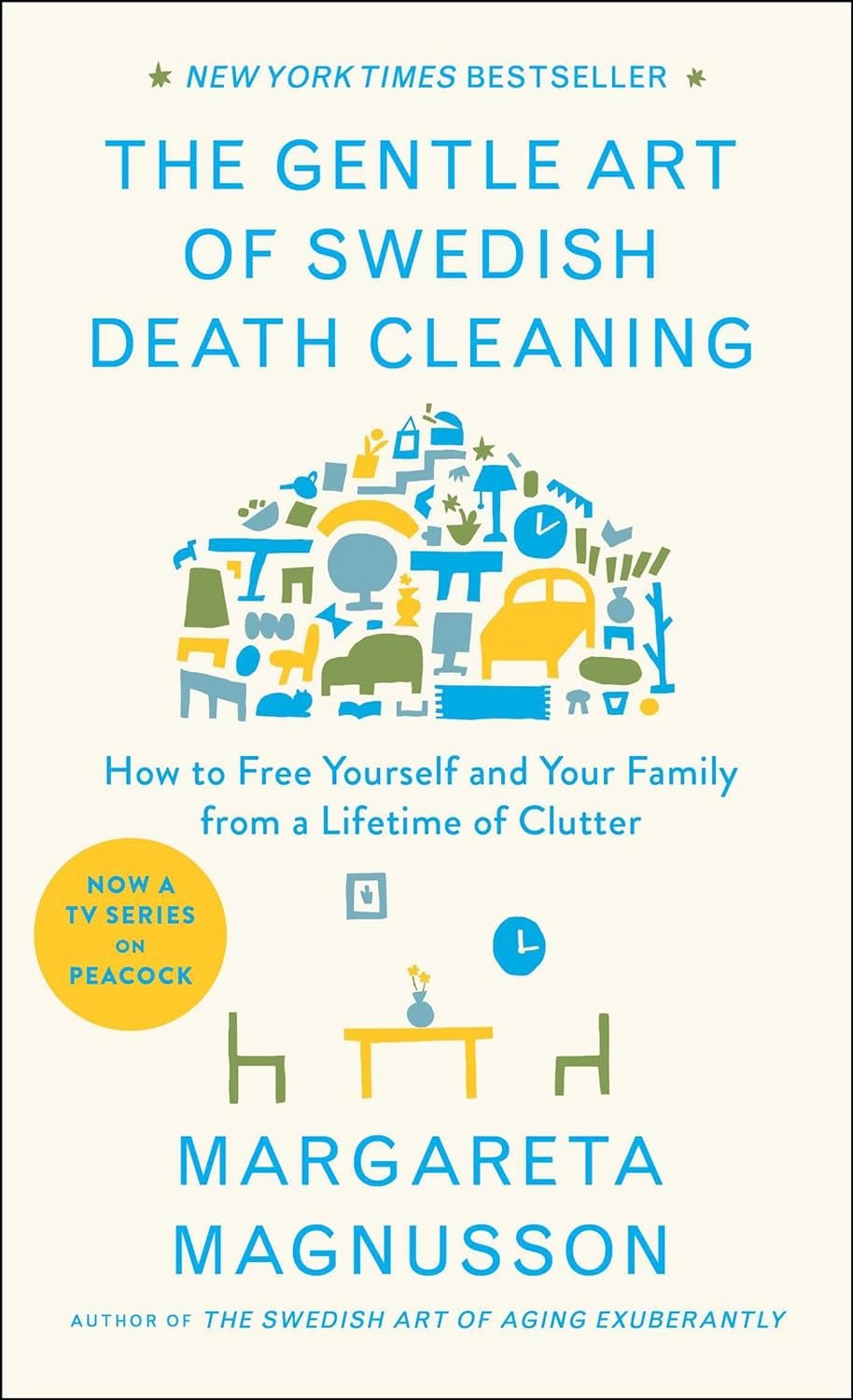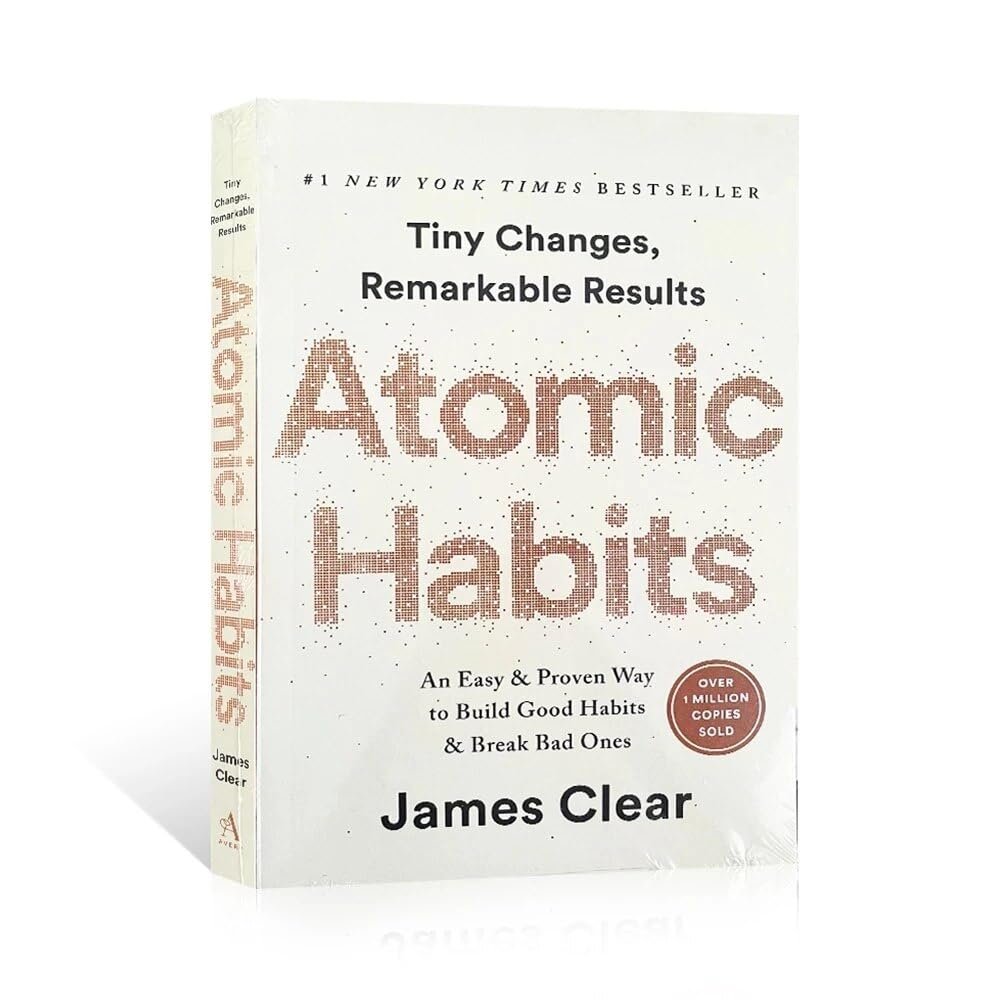The holidays are about connection — time spent with loved ones, shared memories, and the simple joy of giving. The gifts we choose are an extension of that connection, but with so many options out there, finding something truly meaningful can be a challenge. Thoughtful giving isn’t about how much we spend or how big the box is — it’s about intention. Here are some ideas to inspire mindful, clutter-free gift-giving this year.
For Children
Rather than adding to the pile of toys, think about gifts that inspire creativity or new experiences. Consider art kits, museum memberships, or cozy storybooks that can be cherished for years. Experience-based gifts — like passes to a zoo, trampoline park, or pottery class — often create the kind of memories that outlast any toy. When in doubt, ask parents for suggestions to ensure your gift is both needed and appreciated.
For Family and Friends
It can be tricky to shop for people who “have everything.” Instead of another item to store, try something consumable or experience-based. A curated box of local goodies, tickets to a concert, or a cooking class can bring joy without adding clutter. Even something as simple as a family photo session or dinner out can become a lasting memory.
Personalized Gifts
A touch of personalization makes any gift feel special. Monogrammed bags, framed photos, or custom-made jewelry show extra thought and care. Handmade gifts — whether it’s a batch of cookies, a knitted scarf, or a handwritten note — can make the recipient feel truly seen and appreciated.
Decluttering-Friendly Ideas
For those who value simplicity, opt for gifts that serve a purpose or reflect their lifestyle. Think quality over quantity: a beautiful kitchen tool, a cozy throw blanket, or a stylish set of storage baskets can be both useful and meaningful. You might even consider making a donation in their name to a cause they care about — a gift that gives back in more ways than one.
The Heart of Thoughtful Giving
The best gifts aren’t about perfection — they’re about connection. A thoughtful gift shows that you’ve taken the time to understand what brings someone joy, comfort, or inspiration. Whether big or small, handmade or store-bought, the most meaningful gifts reflect the recipient’s values, not the latest trends.
This holiday season, let your gifts tell a story of care and intention. Thoughtful giving doesn’t just make the holidays special — it makes them memorable.
Simplify the Season with a Calm, Organized Home
If your goal is to bring more peace and simplicity into your home this holiday season, we’re here to help. Our professional home organizing services are designed to create spaces that feel calm, functional, and clutter-free — so you can focus on what truly matters: connection, joy, and time spent with the people you love.
Book a session or consultation today to start the new year feeling refreshed and organized.



